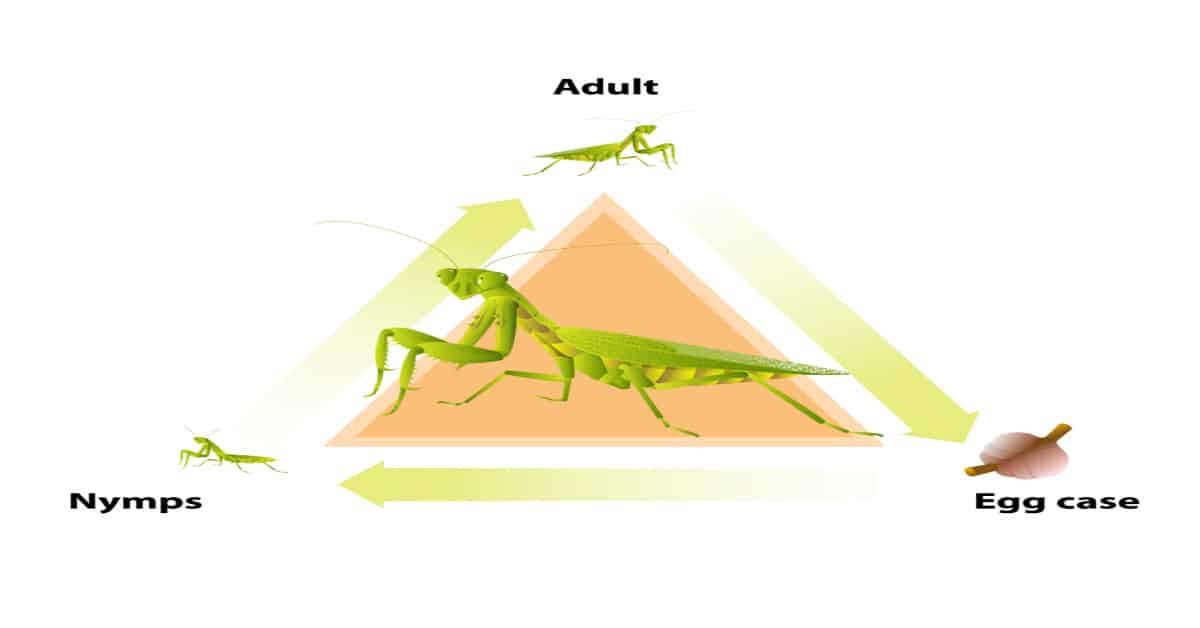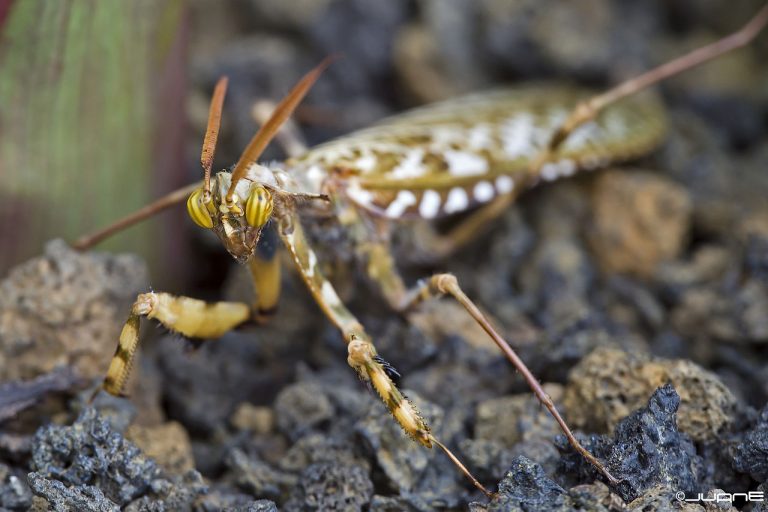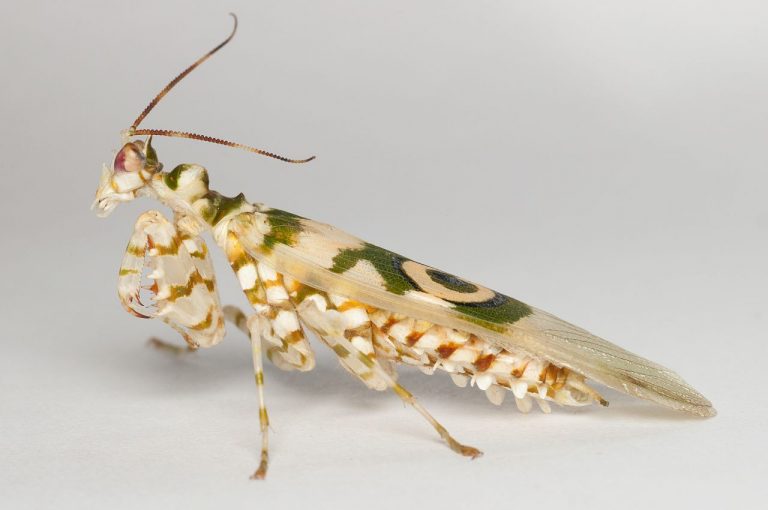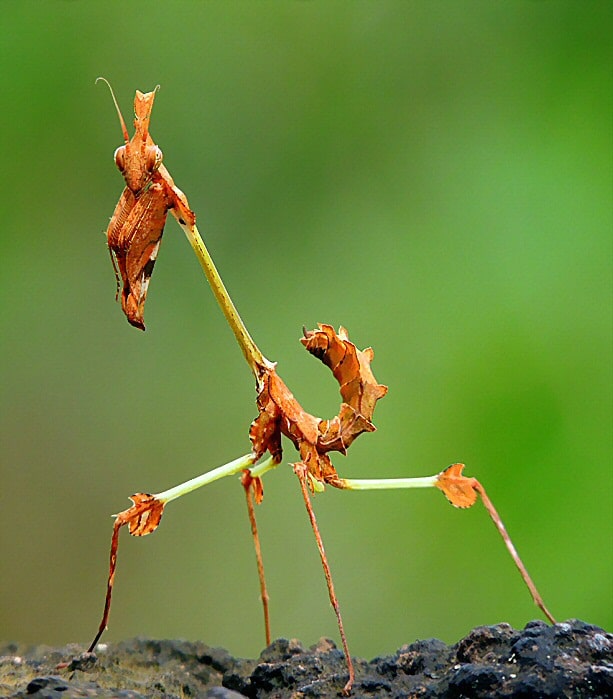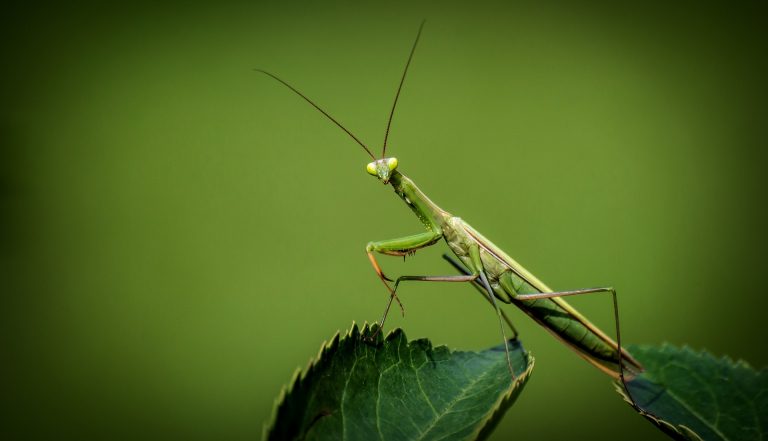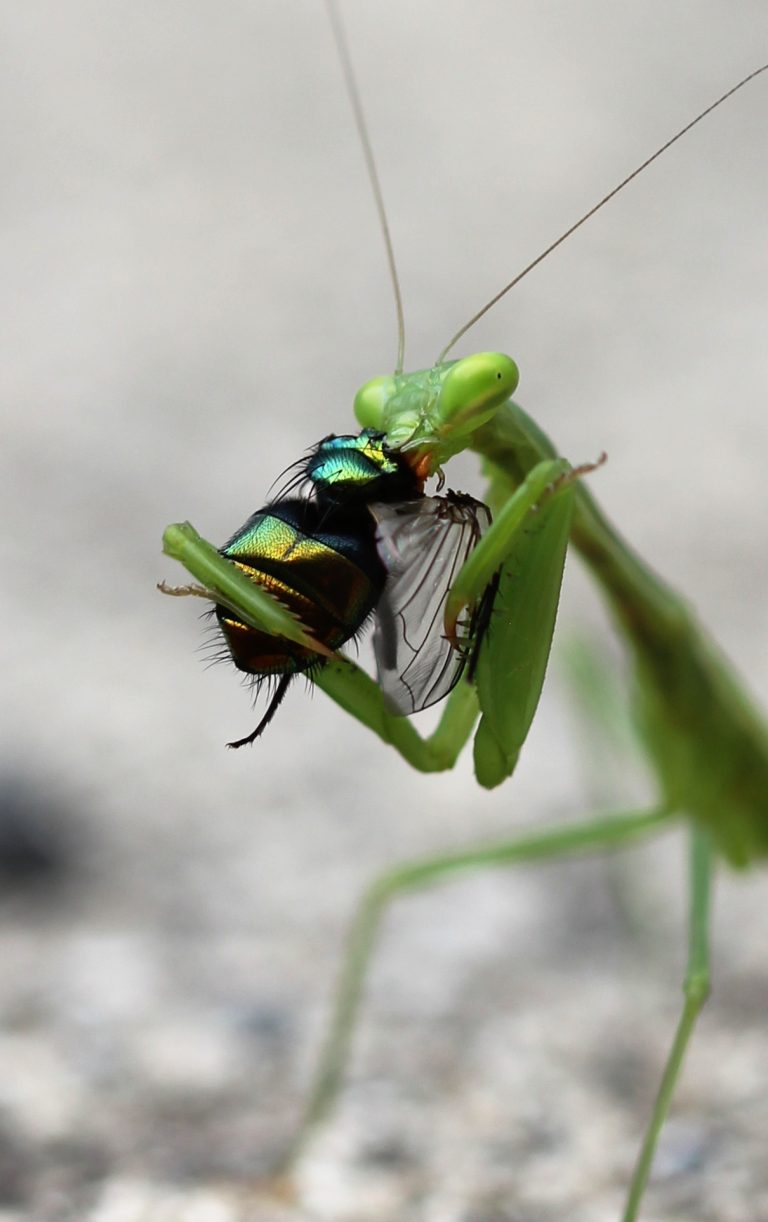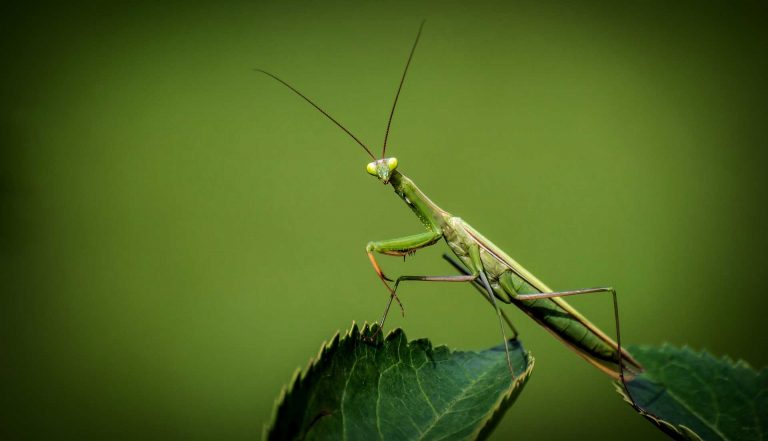Praying Mantis Life Cycle
Do you know what makes the praying mantis life cycle so special? If you haven’t heard of them previously, insects known as praying mantises have triangular-shaped heads and a posture that gives the impression that they are praying. Mantis frequently have postures that are reminiscent of human prayer. As a result, the term “praying” mantis may also be used to describe this action.
Praying mantises are known as predators that eat many different types of insects, including flies, grasshoppers, moths, and crickets, and are widely regarded as beneficial. This could be one of the many reasons why the stages of the praying mantis life cycle are so interesting for any nature lover.
In this article, you will learn about the praying mantis life cycle and other interesting characteristics that make these creatures unique.
General Info About the Praying Mantis
Before we discuss the praying mantis life cycle, let’s briefly review the physical characteristics of this extraordinary insect.
Not only can the name of this insect catch people’s attention immediately, but they also stand out with their looks. The truth is that the different look of the praying mantis makes it an easily identifiable insect. They have a stretched-out, long, thin body in the middle of which the legs are attached. They have two large compound eyes on a tiny, triangular skull. They are holding their amazing, enormous front legs straight in front of their faces.
However, depending on the environment, they can have bodies that range in color from green to pink, but the majority are pea green or brown. These creatures typically live for six months, although this can increase to a year. The Mantis comes in more than 1800 distinct varieties worldwide. But, only around 20 different types of these insects are found in the US; the majority are tropical insects.
Praying Mantis Life Cycle
The praying mantis life cycle consists of 3 main stages – egg stage, nymph stage, and adult. As a result of this partial metamorphosis, juveniles resemble adults only in size. On the other hand, complete metamorphosis results in an organism having 4 life phases, with juveniles having a considerably different appearance from adults.
The first stage of the praying mantis life cycle is the egg stage, which later turns into a nymph. Once the nymphs of the praying mantis start emerging from the egg case, they begin to disperse in search of food. The small wingless nymphs tend to be predators as well. They usually search for organisms that are smaller than them to hunt.
The adult stage is the final state of the praying mantis life cycle. Interestingly, praying mantis in several species have wings, and some can fly. Females tend to have shorter wings and heavier bodies, so they are not as competent fliers as their male counterparts.
Now let’s dive deeper and discuss the stages of the praying mantis life cycle more in-depth.
Eggs
The egg stage is when the praying mantis life cycle begins. The basic existence of a mantis begins with the female laying an egg mass, which begins as a frothy structure and solidifies into a structure like styrofoam and contains 200 or more eggs. The sole component of the life cycle that can endure a frost and a winter is the egg case.
When the eggs are firmly placed on a solid leaf or stem, the protective sac structure known as the ootheca forms. The ootheca, a robust protective shell that can resist considerable weather changes, will house the eggs over the whole winter. The egg shells will shatter in the middle of spring when it’s warm, and the nymphs will emerge.
Nymphs
The newborn nymphs first hang around near the egg casing. During this stage, the mantis tries to eat each other. Before beginning to hunt for little insects like fruit flies, they will disperse. Nymphs grow in stages known as instars – it’s also an integral part of the praying mantis life cycle, which is repeated development periods.
At each stage, the nymphs molt to promote the development of body parts and increase body size. They go through around six molts before they may go on to the next stage of the praying mantis life cycle. Not all nymphs survive this stage since they are prey for larger predators like bats, birds, and spiders.
Adolescents
Nymph mantises are smaller than adult mantises in size. In contrast to adult mantises, they can shed their exoskeletons. Mantises usually display sleepiness and intermittent eating before their molt.
Because molting takes a few hours and necessitates the mantis to remain there, it increases its susceptibility to predators. The molting process is over when it reaches adulthood at the beginning of the summer.
Adult
Mantises vary in size based on their species and are typically 1 to 6 inches long when fully grown. Male and female mantises may be recognized by the heavier abdomens of the females. Mantises will also feed on small nesting birds, mice, lizards, and tree frogs, in addition to small insects.
Interestingly, the female praying mantis eats the male mantis’ head after mating because it lowers his sex desire, which is an unusual habit in insects. She consumes the remainder of the male’s body after mating. After depositing eggs, the female mantis often passes away.
How to Manage Praying Mantises?
Praying mantis are frequently seen as good predators since they can and will eat a lot of different invertebrates in your garden. However, you should be aware that when hunting for food, they don’t distinguish between good and evil bugs.
Chinese mantis egg cases are frequently offered for sale by garden supply companies, which promote them as biological pest control for your garden. However, these predators may ultimately cause more harm than good.
If you want to remove them from your home or garden, put on gloves before handling the mantis. The forelegs and the mouth should be in front of your hands when you attempt to pick them up. The bite of praying mantises is painful, and they have strong, pointed forelegs. They lack venom and cannot kill humans, but they may harm you with their strong forelegs and bite. The gloves can reduce that chance.
Even though you might not want them in your yard, mantises are generally useful. You can check if the mantis is wanted by another gardener or if a school can utilize it as a teaching tool. If you can’t remove them by relocating, it is entirely lawful to kill the praying mantis to get rid of it.
What Affects the Praying Mantis Life Cycle?
A praying mantis life cycle is governed by several factors. These include the availability and standard of the food they eat. The availability of more nutrient-rich food increases the praying mantis’ chances of continuing to grow.
Whether they are living in the wild or being kept as pets, it will have a significant impact on how long they live. A praying mantis kept in captivity won’t be in danger from the various natural predators that it could have to deal with.
Interesting Facts About Praying Mantis
- Did you know that, before becoming an adult, praying mantises must shed their exoskeleton—the outer layer of skin—12 times? When they hatch, they are little versions of adults, and as they become bigger, they shed their skin.
- In the fall, the female praying mantis lays her eggs on a twig or stem, covering them with a material like Styrofoam that she secretes from her body. This creates an ootheca, a protected egg container where her progeny will spend the winter months growing.
- When leaves from trees and bushes have fallen in the winter, mantis egg casings are simple to see. But use caution! Small mantis may infest your home if you bring an overwintering ootheca inside.
- The oldest mantis fossils are between 146 and 66 million years old, and they come from the Cretaceous Period. Some characteristics seen in modern mantis are absent in these early mantis specimens. They lack the spines on their forelegs and the elongated pronotum or lengthened neck of contemporary mantis.
- More than likely, the white praying mantis is only going through a stage in its development cycle. After each molt that nymphs experience before becoming adults, the praying mantis turns completely white, sometimes even taking on an albino appearance. The white praying mantis, on the other hand, only lasts a short while before changing to its mature hues of green or brown.
- A praying mantis has two large eyes, and they use these compound eyes to decipher visual cues. However, it’s rather surprising that this insect comes with just one ear, which is under its belly. As a result, they can’t differentiate the direction or frequency of various sounds.
Final Words
The life cycle of these insects with triangular heads has three main phases. They are among the most unusual species because of their distinctive physical features. Although they are regarded as beneficial insects, you should be aware that they consume both good and harmful insects, which might harm your garden.
The life cycle of the praying mantis is rather unique compared to that of other insects; each stage is fascinating and has its own complexity. The special qualities of the praying mantis make it very special, just like every other living thing in nature.

Nato is a content writer and researcher with a background in psychology who’s eager to explore the wonders of nature. As a travel enthusiast and animal lover, she hopes to inspire others to discover and cherish the beauty and importance of the natural world.

